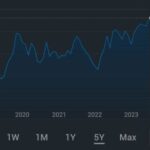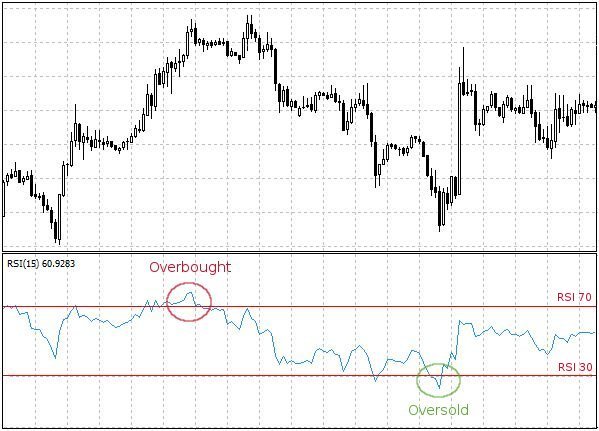Role of media in stock market in India
Introduction:
- The media plays a crucial role in shaping public opinion and influencing decision-making, including in the stock market.
- In India, the media landscape is diverse, with a mix of traditional and digital platforms, and includes print, television, and online news sources.
- Here, we will explore the various ways in which the media influences the stock market in India, including through reporting on market trends and company performance, as well as providing analysis and commentary.
Reporting on market trends and company performance:
- The media plays a key role in providing information to investors and the general public about the performance of individual companies and the overall market.
- This includes reporting on financial results, market trends, and other relevant news that can impact a company’s stock price.
- For example, if a company announces strong quarterly earnings, this may lead to a positive reaction in the stock market and an increase in the company’s stock price. Conversely, if a company announces weak earnings, this may lead to a negative reaction in the market and a decrease in the company’s stock price.
- The media also plays a role in providing context and analysis of this information, helping investors and the general public to understand its significance and potential impact on the market.
Providing analysis and commentary:

- In addition to reporting on market trends and company performance, the media also provides analysis and commentary on these developments.
- This can include expert opinions and analysis from financial analysts, economists, and other experts on the market and specific companies.
- This analysis and commentary can help to provide a deeper understanding of the market and individual companies, and can influence the decisions of investors and the general public.
Influencing investor sentiment:
- The role of media in stock market in India to shape public opinion and influence investor sentiment can in turn impact the stock market.
- For example, if the media reports positively on a company or the overall market, this may lead to increased investor confidence and a corresponding increase in stock prices. Conversely, negative media coverage can lead to decreased investor confidence and a decrease in stock prices.
- It’s important to note that the media is not the only factor that can influence investor sentiment – economic conditions, company performance, and other factors also play a role.
Impact on the stock market during times of crisis:
- During times of crisis, such as the COVID-19 pandemic, the media plays a particularly important role in providing information and analysis to the public and to investors.
- The media can help to provide context and perspective on the crisis and its potential impact on the market and individual companies.
- However, it’s also important to recognize that the media can contribute to market volatility during times of crisis, particularly if there is a lack of reliable information or if there is panic-inducing coverage.

- In recent years, social media platforms have become increasingly influential in the stock market, particularly for individual investors.
- Social media allows investors to share information, analysis, and commentary on specific companies and the overall market, and can provide a platform for discussion and debate.
- However, it’s important to be aware of the potential drawbacks of relying on social media for investment information. This can include the spread of misinformation, the influence of biased or self-interested opinions, and the tendency for social media to amplify market sentiment, leading to overreactions and potentially contributing to market volatility.
The role of traditional media in the stock market:

- Traditional media, including print, television, and radio, also play a role in the stock market in India.
- These platforms can provide in-depth coverage and analysis of market trends and company performance, as well as expert opinions and commentary.
- Traditional media can be a valuable source of information for investors and the general public, particularly for those who prefer a more in-depth and nuanced approach to their investment decisions.
The impact of media bias on the stock market:
- It’s important to recognize that the media is not always objective, and that media outlets can have biases that can influence their coverage of the stock market.
- This can include a bias towards certain companies or industries, or a bias towards promoting certain viewpoints or agendas.
- It’s important for investors to be aware of these biases and to approach media coverage with a critical eye, considering multiple sources and viewpoints in order to make informed investment decisions.
The role of media regulation in the stock market:
- In India, the media is regulated by a number of bodies, including the Press Council of India and the Ministry of Information and Broadcasting.
- These regulatory bodies set standards for media coverage and have the power to enforce penalties for violations of these standards.
- In the context of the stock market, media regulation can help to ensure that investors have access to accurate and unbiased information, and can help to prevent the spread of misinformation or manipulation of the market by keeping a check on the role of media in stock market in India.
Conclusion:
- Role of media in stock market in India is a complex and multifaceted one, providing information, analysis, and commentary, and influencing investor sentiment.
- The media can be a valuable source of information for investors, but it’s important to be aware of its potential biases and to approach media coverage with a critical eye.
- Media regulation plays a role in ensuring that investors have access to accurate and unbiased information, but it’s also important for individuals to do their own research and due diligence when making investment decisions.

Role of media in stock market in India
ALSO READ : How to analyse a company before investing
ALSO READ : Best watchlist for stocks (2023)










